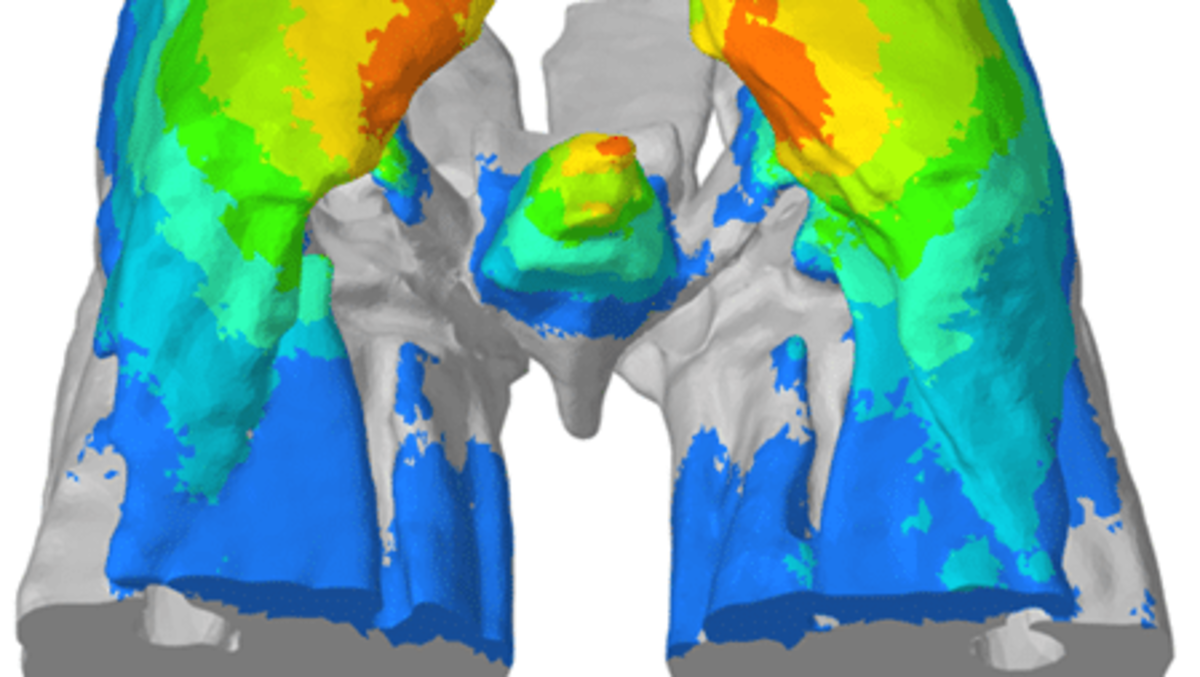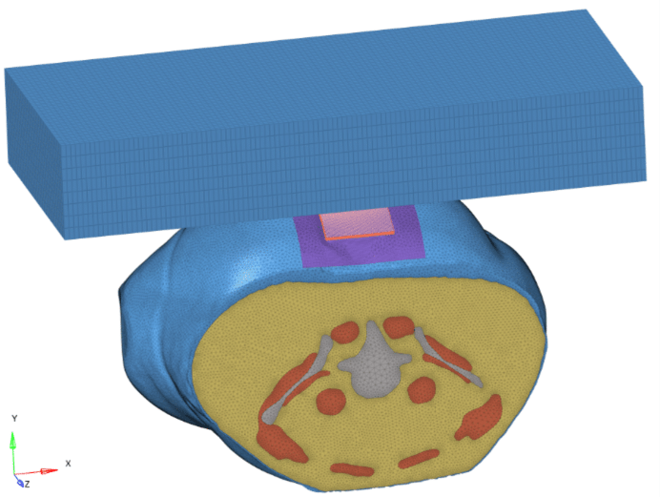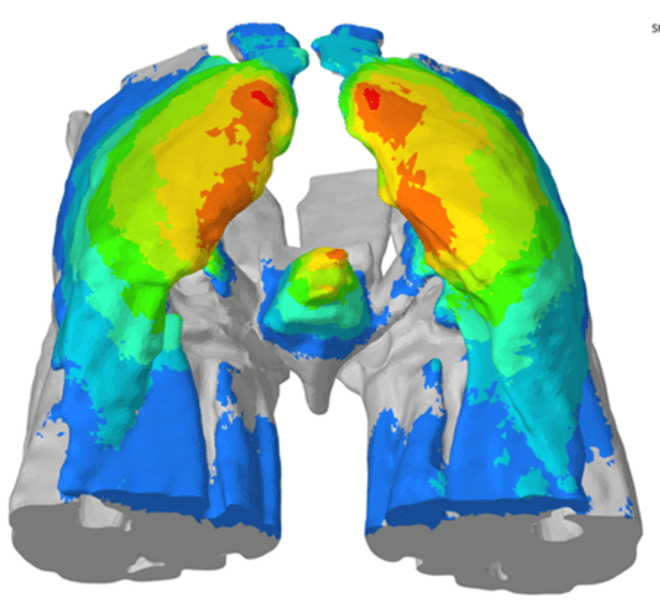Trials on virtual humans? - How simulation helps optimize medical products

Clinical investigations usually take a long time and are extremely expensive. In addition, it is often difficult to derive accurate clinical evidence from them.
In a previous blog, I briefly described how the effectiveness of surgery in the nasal cavity can be simulated on a computational model even before surgery. In this process, the exact geometry of a patient's nasopharynx can be measured, processed, meshed, and used for flow simulation using computed tomography CT.
(https://www.merkle-partner.de/de/nasen-op-und-cfd-simulation/)
We are currently using a similar process in the development of wound dressings. Our customer, PAUL HARTMANN AG in Heidenheim, Germany, is developing various wound dressings to prevent or alleviate pressure sores in bedridden people as much as possible.
The physical behavior of the wound dressings and in particular of the various material layers can be determined by means of tests.
Skin, fatty tissue, muscles and bones are also materials that can be measured and implemented as a material model in an FEM model.
The buttocks of a 65-year-old woman were measured using an MRI procedure. From this, a virtual 3D model of the buttocks was developed. The advantage: all results of the FEM simulations are comparable with each other. The advantage to clinical studies is that you don't have to worry about side effects, except for the MRI measurements themselves, which from my own experience are not that bad. (My experience in MRI, not as a woman!).
The examination on the FEM model can be done with a wide variety of wound dressings, cuts and positions on the body. The stresses on the skin surface are evaluated, for example, but also the stress distribution in a predefined area.
The results were very promising and will lead to further, even more intensive cooperation between the companies PAUL HARTMANN AG and Merkle & Partner.
What will the future hold for us? Will we one day be able to describe the human body completely as a simulation model? In my opinion, it is all just a question of time, especially of computing capacity.
This, however, increases dutifully according to Moore's Law and doubles every 18 months.
Stay tuned to see what can be simulated in the future.
Your Stefan Merkle

PS: You can request the technical article directly from our authors Dr. Maik Brehm and Sören Burckardt.
Alternatively, you can also purchase the technical article for a fee from the International Wound Journal.
The International Wound Journal is one of the most renowned international journals in its field. The International Wound Journal Impact Factor is 2.385 and ranks 26th out of 66 dermatology journals. In addition to dermatology, the journal also ranks 67th out of 203 surgical journals tracked by ISI.

